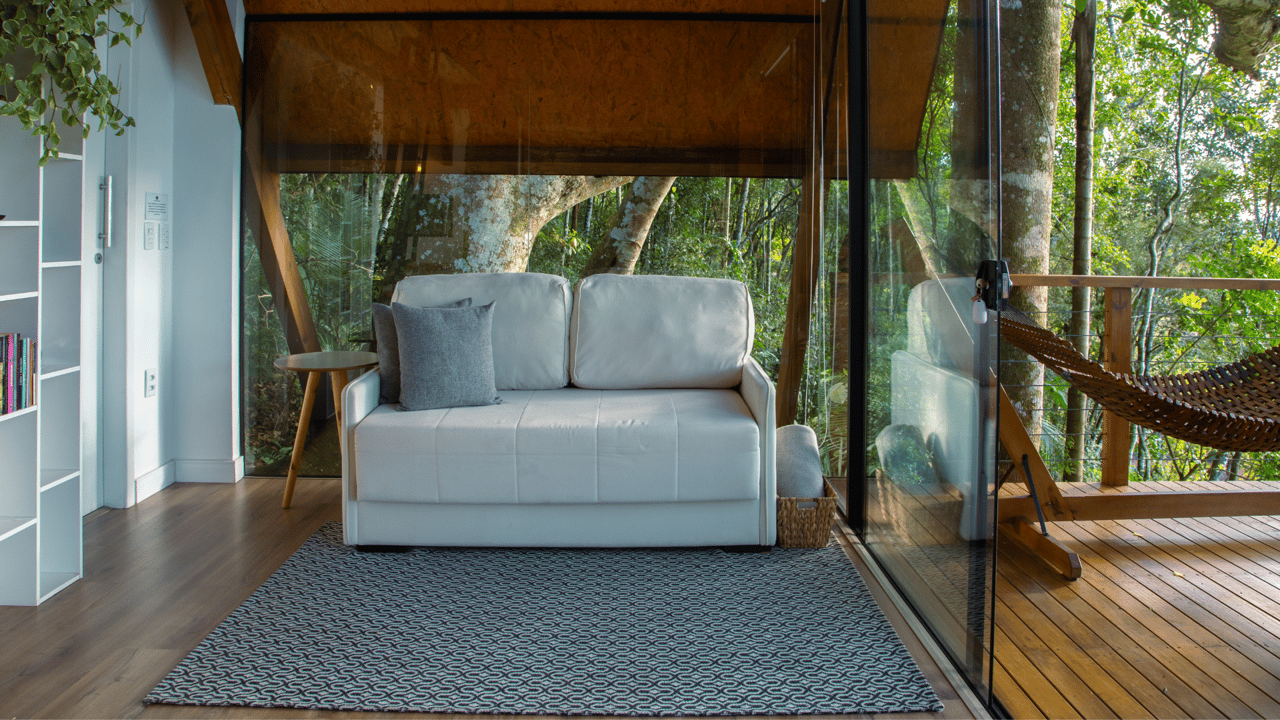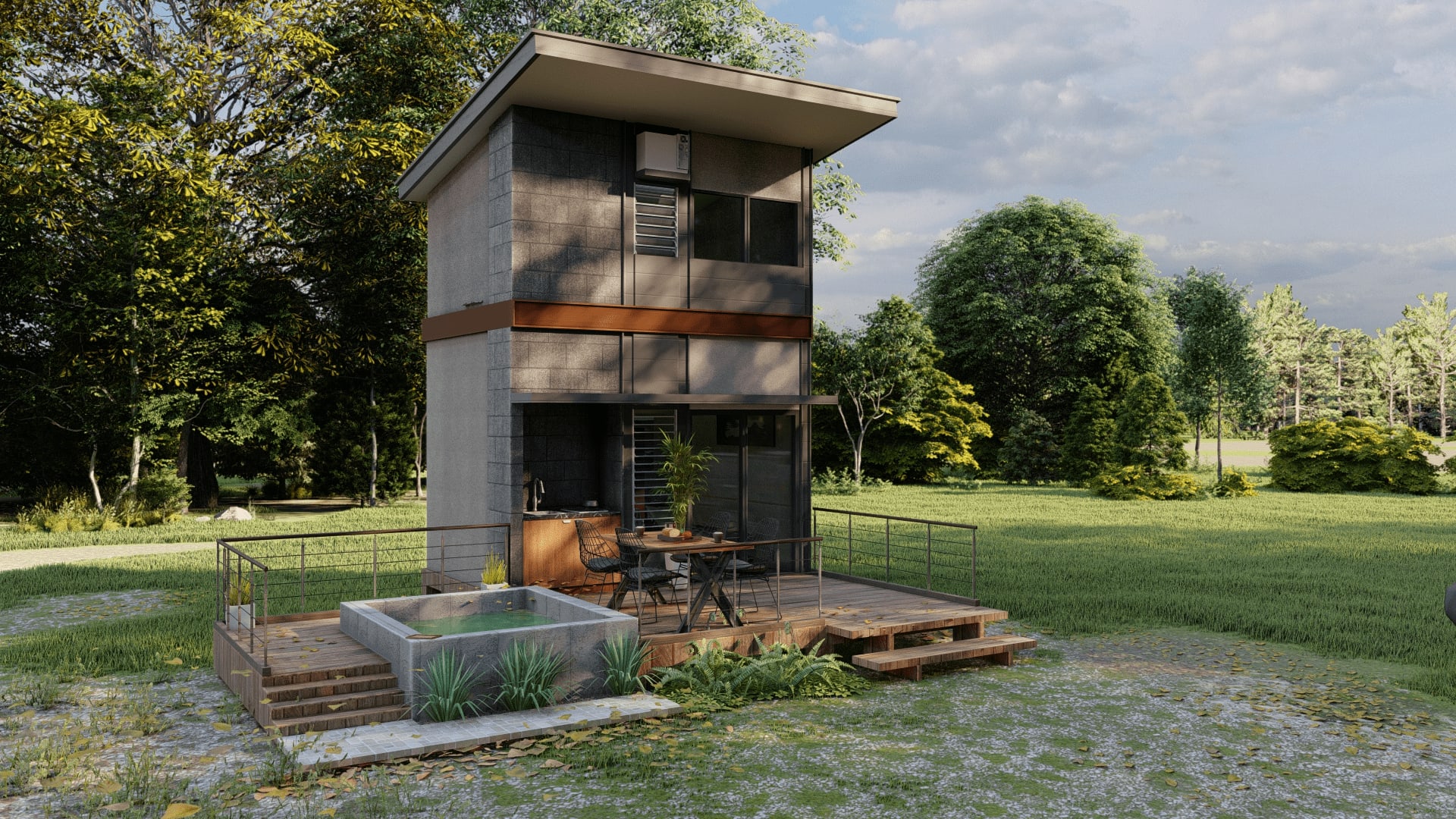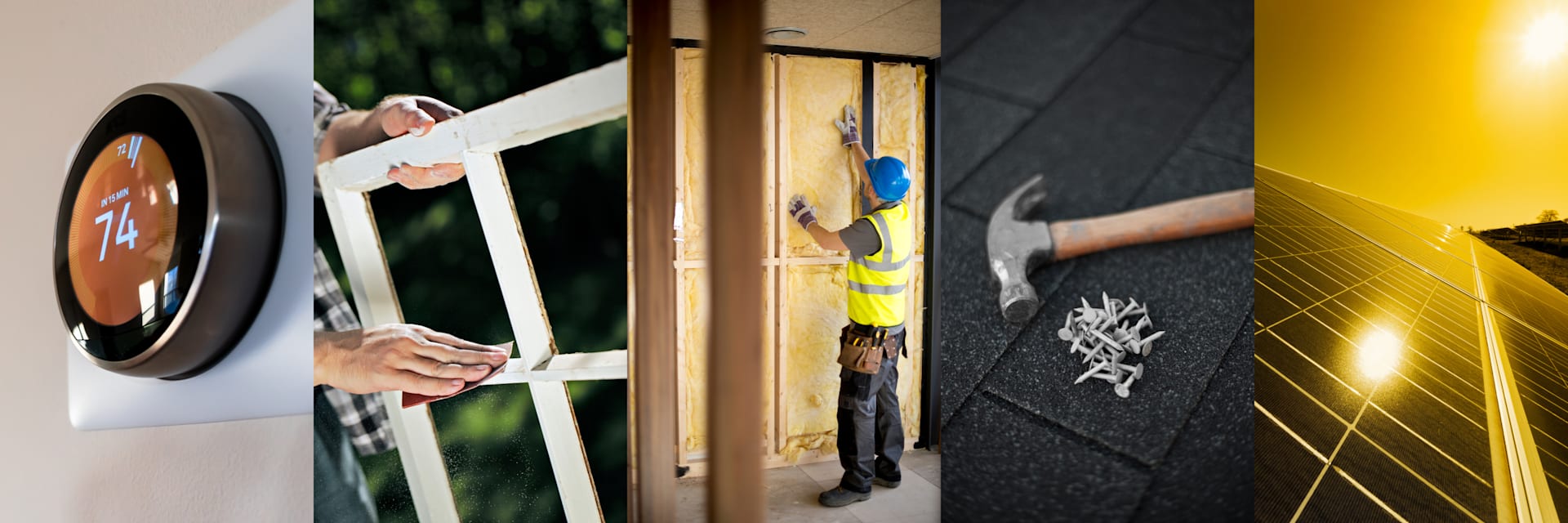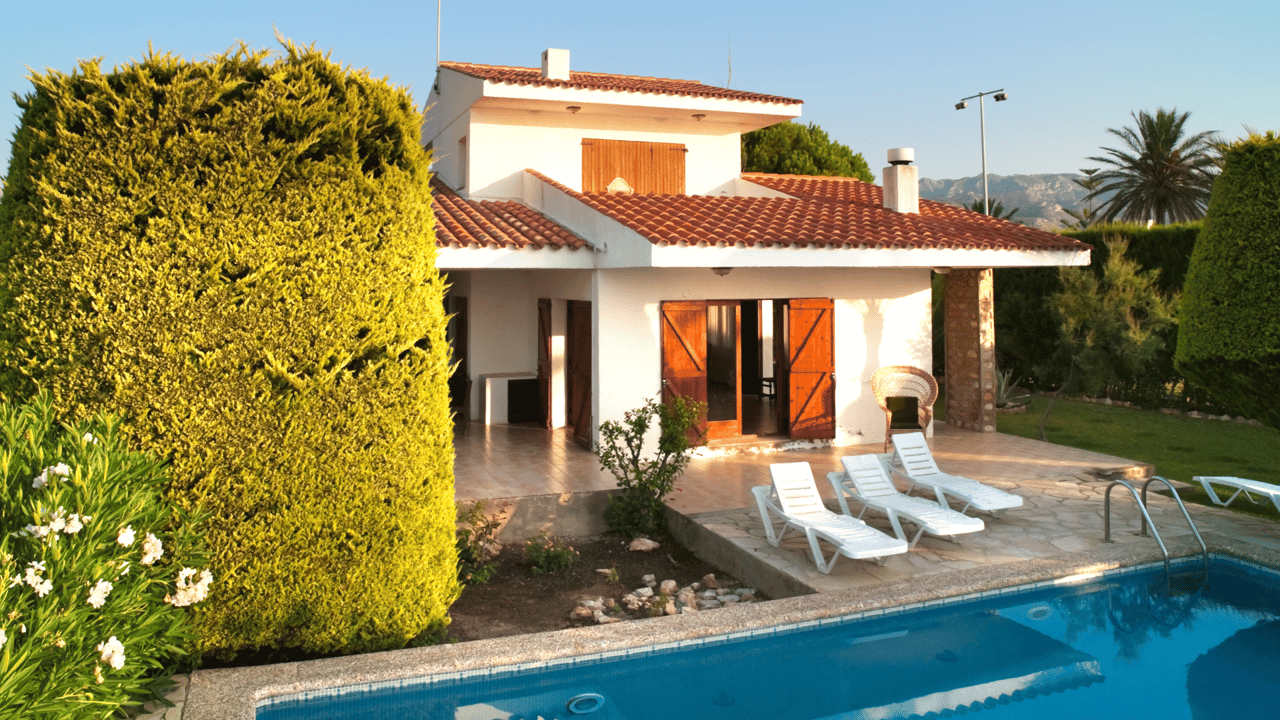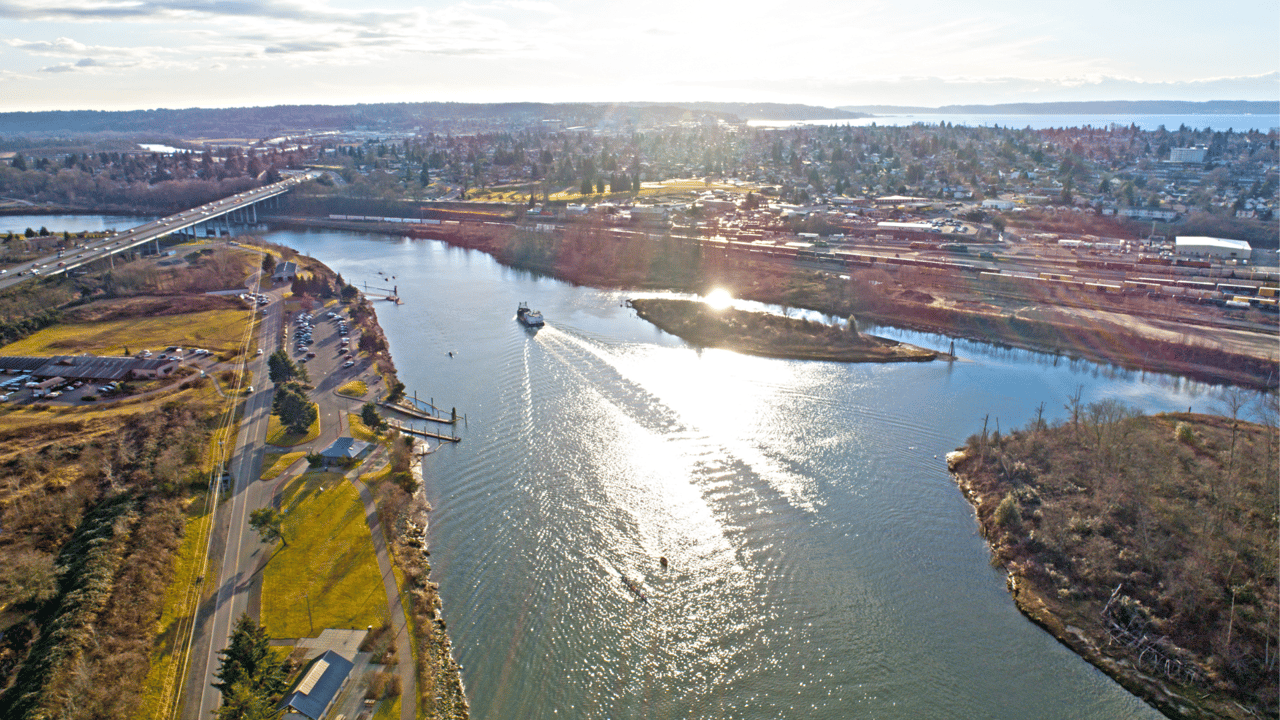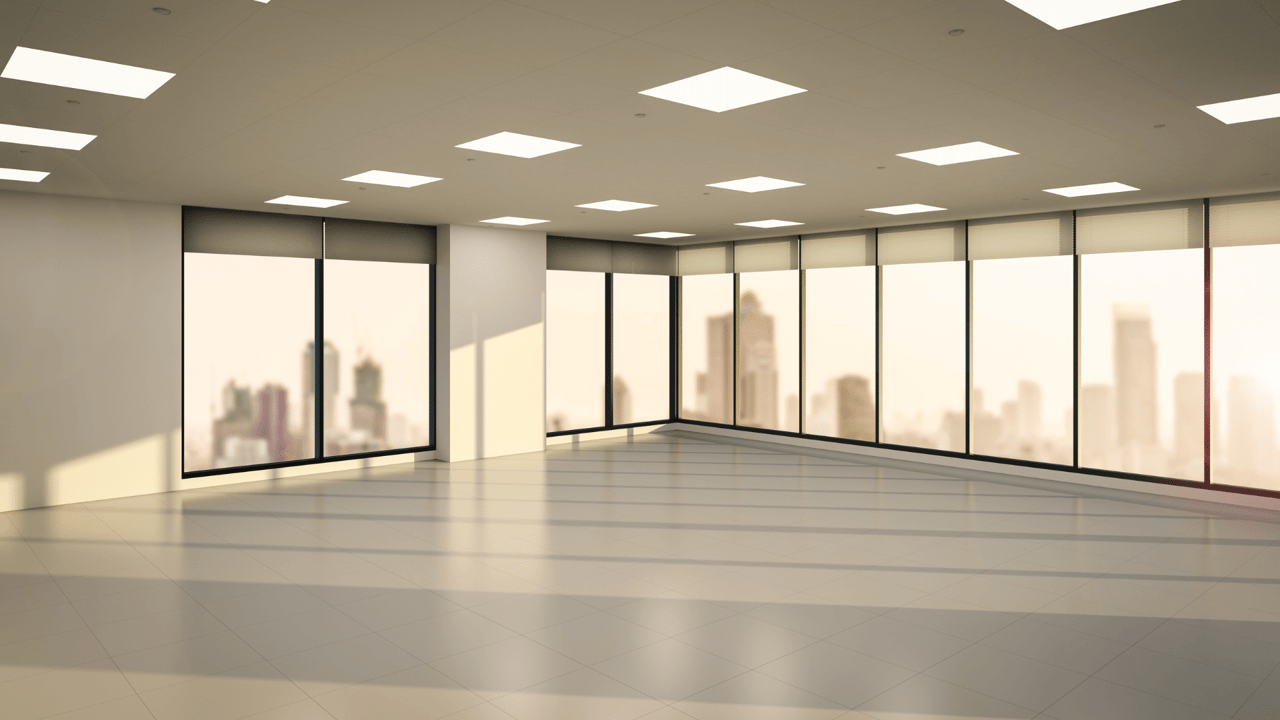The Northwest Green Home Tour showcases eco-friendly homes in the region. You can see how people use solar panels, rain barrels, compost bins, and recycled materials to make their homes greener. The tour is free and organized by the Northwest EcoBuilding Guild, a nonprofit organization that promotes sustainable building practices. You can choose between in-person and virtual site tours to see the green homes. It’s also an annual event that takes place every spring.
Some examples of green homes are tiny houses that measure only 200 square feet. It’s a net-zero energy house that generates as much energy as it consumes, and a passive house that has super insulation and minimal heating or cooling needs. These houses appeal to people who want to live simply, affordably, and sustainably. Tiny houses have some benefits, such as using fewer materials, energy, and water than conventional homes, and being customizable to different needs and preferences. They also have some challenges, such as requiring careful planning, complying with zoning regulations, and reducing clutter.
You can make your own home more eco-friendly by using LED lights, low-flow faucets, and native plants. However, there are also many other ways to reduce your environmental impact, such as:
- Upgrade your thermostat: A smart thermostat can help you save energy and money by adjusting the temperature according to your schedule and preferences. You can also set it to lower the heat or AC when you are away or sleeping.
- Switch out your windows: Old or leaky windows can waste a lot of heat or cool air, making your home less comfortable and efficient. You can replace them with double- or triple-pane windows that have low-emissivity coatings to reflect heat and UV rays.
- Add insulation: Insulation helps keep your home warm in winter and cool in summer by preventing heat transfer through the walls, roof, and floor. You can choose eco-friendly insulation materials like cotton, cork, or cellulose.
- Upgrade your roofing: Your roof can also affect your home’s energy efficiency and durability. You can opt for a cool roof that reflects sunlight and reduces heat absorption, or a green roof that has plants and soil to provide insulation and stormwater management.
- Install solar panels: Solar panels can help you generate your own renewable energy from the sun and reduce your reliance on fossil fuels. They can also lower your electricity bills and increase your home’s value.
The tour is a great way to learn more about green living and get inspired by other people’s ideas. You can also learn from experts and homeowners about the benefits and challenges of green living. The tour has different sponsors and partners that support the green building movement:
- Greenhome Solutions
- Mighty Energy Solutions
- Puget Sound Cooperative Credit Union
- Seattle City Light
- Washington State Housing Finance Commission
